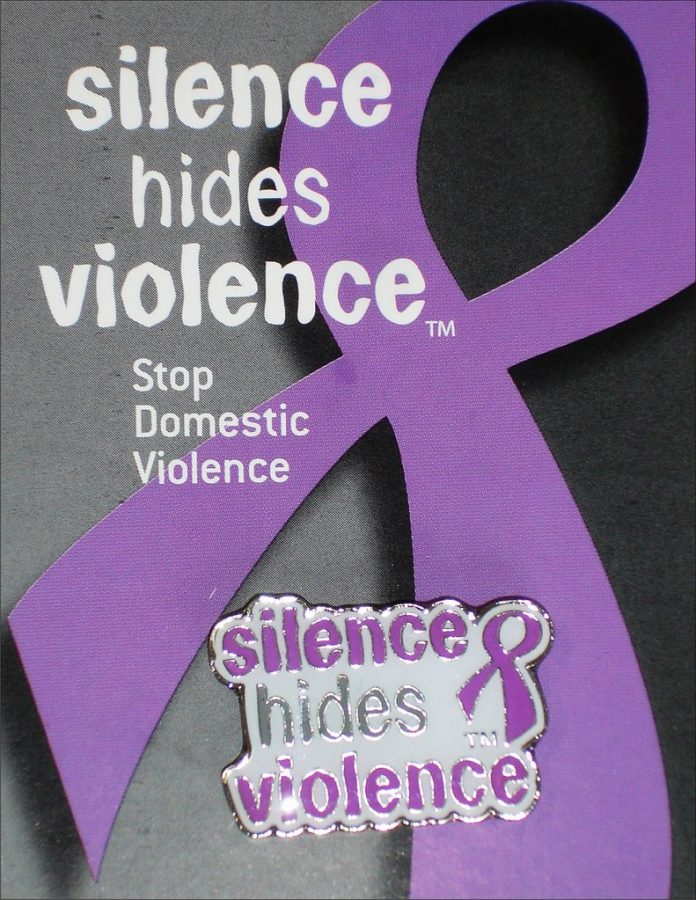In the Shadow of the Pandemic, Domestic Violence Rates May Have Risen Globally
February 18, 2021
“If you alter your behavior because you are frightened of how your partner will react, you are being abused,” said Sandra Harley. Her quotation thoroughly describes how abuse takes place. A simple definition of domestic violence is when a partner in a relationship or marriage uses physical, sexual, or psychological violence to get power or control over the other person. Isolation is a big factor in intimate partner violence, and COVID-19 has increased the levels of isolation, physically, mentally, and socially. The disease has required lockdowns, for example, which have affected people differently. Those who experience domestic violence have been especially vulnerable.
During the spring of 2020, data from Massachusetts hospital indicated serious domestic injuries, stabbing, strangulation, burns, and use of knives and guns. In India it was worse. The National Commission for Women says that there has been an increase in domestic violence of at least 2.5 times; there were 2,878 cases just between April to June. This could be the tip of the iceberg, as many women do not report their abusive partners. One in four women have been facing physical, mental, emotional, and psychological abuse. The rates might be shocking: around one third of women worldwide have experienced physical and sexual violence at the hands of an intimate partner, and 18% have faced such violence during the coronavirus pandemic. Approximately 140 women are killed every day by their partner or a family member. India’s National Commission for Women received 23,722 complaints of crimes in 2020, the highest in six years; one fourth of them were for domestic violence. New Zealand has the highest rate of intimate partner violence in the world, which may or may not be related to higher reporting rates, though it is deeply concerning. Domestic violence towards men is also often overlooked. It may be less frequent, but abuse is abuse. A recent UK government survey said 9% of males have been subjected to partner abuse, which means 1.4 million men. Abused men have faced physical abuse, being slapped, kicked, punched, grabbed or choked by their partners. The rates have increased 4% during the pandemic.
Basically, the world has seen violence directed towards women and also men. It doesn’t have to be physical for it to be abuse. The perpetrator can degrade, humiliate, blame, curse, manipulate, or attempt to control the victim. It is still domestic violence. One important lesson that we should all learn is that abuse is serious, no matter who is experiencing it. If someone is experiencing abuse, please report it.
